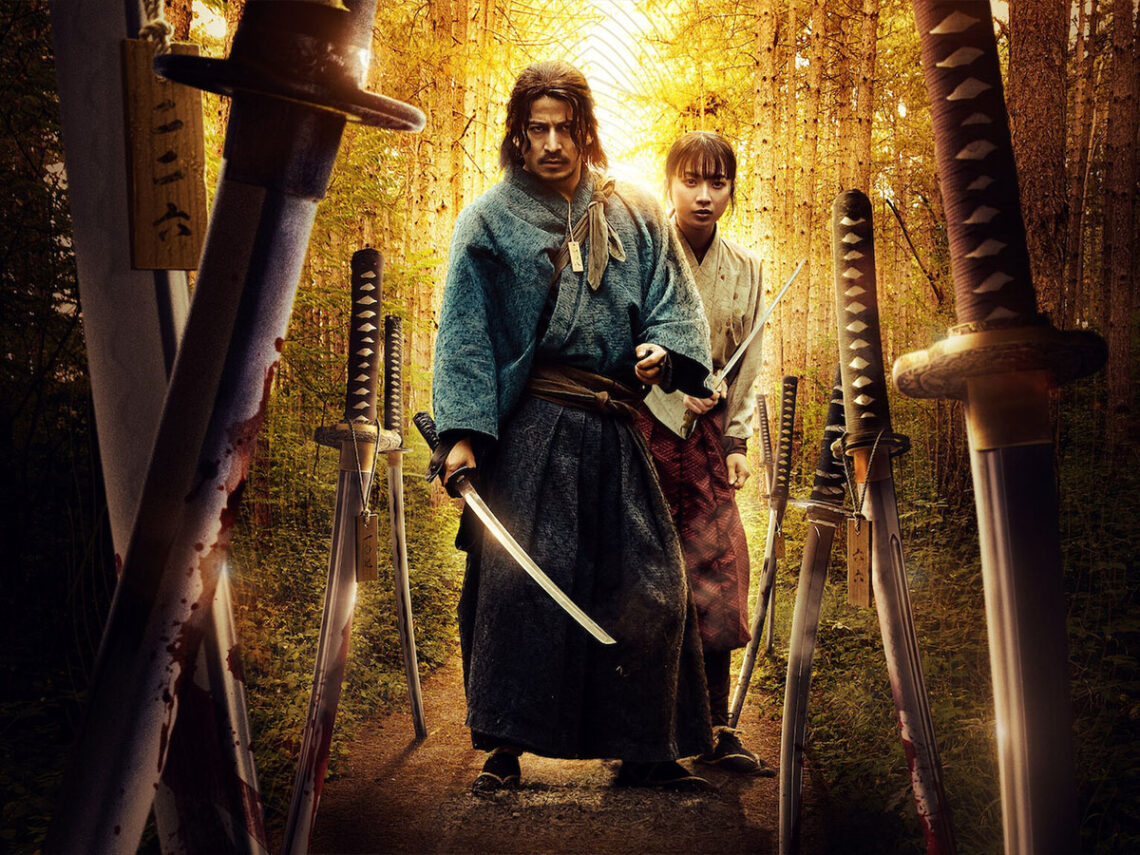
The historical terms you need to know before ‘Last Samurai Standing’ arrives on Netflix
Netflix is set to take viewers back in time with Last Samurai Standing, but before it does, subscribers should warm up to everything related to this period survival drama.
For those uninitiated, Last Samurai Standing, scheduled to drop on Netflix on November 13th, is a reimagination of the period piece, opening in an era where the samurai are facing a regime of decline.
The story is set in 1878 Japan, a decade after the glorious era of the samurai, a time when they aren’t only robbed of their identity, but also their allowance to carry swords. The struggle for survival is real, but the hardships are one too many, so when the class divide expands and a cholera outbreak spreads, 292 fallen samurai are tempted by an opportunity to win a lucrative cash prize through a deadly game of Kodoku.
While the premise is gripping enough to draw fans in from the start, here are a few historical terms to get used to, which will help along the way of watching the series.
Edo Period
The Edo Period refers to the Japanese era, from 1603 to 1868, when the country was under the control of the Tokugawa shogunate and feudal lords. The period ended in the aftermath of the Boshin War, making way for the Meiji Restoration.
Boshin War
The Boshin War recorded the first severe clash between the shogunate and imperial forces, who battled from 1868 to 1869, and during the civil clash, Last Samurai Standing’s protagonist, Shujiro, was on the frontlines for the Battle of Toba-Fushimi.
Kodoku
The term Kodoku is originally derived from Japanese folklore, in which insects are sealed tightly in a jar to fight unto death, and the only surviving insect is supposed to carry toxic power to be used in black magic afterwards. Kodoku is also the name of the game in Last Samurai Standing, and similar to the origins, in order to win the competition, participants have to travel from the starting point, Kyoto, to the ending point, Tokyo, in a month. They must pass seven checkpoints in total, and at each, they are required to show a specific number of wooden tags, which are the tokens earned by killing others to emerge the final victor.
Meiji Restoration
The Meiji Restoration refers to the reinstatement of imperial control in 1868, which simultaneously put an end to the Tokugawa shogunate’s 265-year rule. The new government launched quick modernisation reforms, eliminating the feudal system, while leaving the samurai with nothing to hold on to, including their existing privileges. The struggle to adapt even left many to succumb to poverty, and it is at this precipice where the Last Samurai Standing is set.
Tenryu-ji
Tenryu-ji is a Zen temple in Kyoto, now a UNESCO World Heritage Site, which is where the kodoku game starts. Back in the late 1800s, Tenryu-ji acted as a military base for the Chōshū Domain during its face-off with Tokugawa forces, a crucial moment in the decline of the shogunate, marking the putting in place of the building blocks of the Meiji Restoration.
Tōkaidō route
The Tōkaidō route is considered the most important of the Edo Period’s five routes, connecting Kyoto to Tokyo, which is ultimately pivotal to Last Samurai Standing, as participants follow this path to cross the seven checkpoints to get to their goal.
Tokugawa shogunate
The Tokugawa shogunate is Japan’s military government, which existed during the Edo Period.
Shukuba
Sukuba are post towns on the way to Japan’s major travel routes, with the Tōkaidō route reportedly containing 53 towns across 300 miles. They were the nerve centre of civilian and samurai travel during the Edo Period, equipped with lodging, food, and courier services.
Samurai
The samurai are the last governing military class of feudal Japan who worked for feudal lords in exchange for social status, stipends, and opportunities to secure administrative and bureaucratic roles in the Edo period. However, their status was abolished with the arrival of Meiji reforms, resulting in even sword-carrying outlawed by 1878.